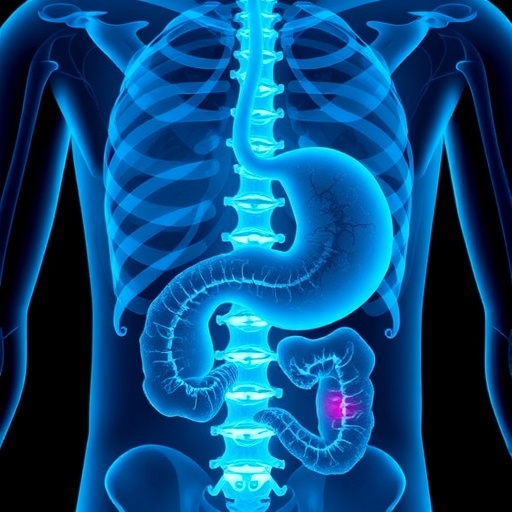ATLANTA — A common single nucleotide polymorphism (SNP) was associated with increased risk for developing stroke in childhood survivors who received cranial radiation therapy (CRT) for their primary cancer, according to results presented at the AACR Annual Meeting 2019, March 29-April 3.
“We have identified a genetic risk factor that confers a high risk of stroke among childhood cancer survivors treated with cranial radiation therapy,” said Yadav Sapkota, PhD, clinical research scientist at St. Jude Children’s Research Hospital. “Our findings can help better identify survivors who are at the highest risk for developing stroke and formulate intervention strategies to minimize their risk,” he said.
Childhood cancer survivors treated with CRT, or radiation to the brain, for their primary cancer are at an increased risk of developing stroke, said Sapkota. Compared to survivors who do not receive CRT, those who receive between 30 and 50 Gray (Gy) have a six-fold risk for developing stroke, while those who receive more than 50 Gy have an 11-fold risk for developing stroke, according to past studies, he added. “However, the stroke risk seems to vary within the same CRT dose group, even after accounting for other clinical and demographic factors,” Sapkota noted. “This indicated to us that there may be genetic predisposition that influences a CRT-exposed survivor’s risk for developing stroke,” he said.
To identify common SNPs (defined here as occurring in greater than 5 percent of the study population) associated with stroke risk, Sapkota and colleagues analyzed whole-genome sequencing data from 686 childhood cancer survivors treated with CRT for their primary cancer from the St. Jude Lifetime Cohort (SJLIFE) study; all survivors in this analysis were of European descent. Of these survivors, 116 (17 percent) developed clinically diagnosed stroke.
Following multivariable analysis, the authors found that CRT-exposed survivors harboring a common SNP on the 5p15.33 locus were nearly three times as likely to develop a stroke compared to CRT-exposed survivors without the SNP. The dose of radiation appeared to affect the SNP-risk association; survivors treated with 25-50 Gy had nearly five times the risk of developing stroke if they carried the SNP, while patients treated with less than 25 Gy or more than 50 Gy had roughly three times the risk of developing stroke if they carried the SNP.
“We found that the common SNP had the most pronounced effect on the risk for stroke following an intermediate dose of radiation,” noted Sapkota. “While survivors treated with greater than 50 Gy of radiation still have an increased risk of stroke if they carry the SNP, we hypothesize that higher doses of radiation displace the influence of genetics,” he said.
The researchers replicated the finding in two independent groups of survivors from the SJLIFE study, consisting of survivors of African ancestry who received CRT and survivors of European descent who did not receive CRT. “Results of the replication analysis suggest that a combination of CRT treatment and genetic factors can greatly increase childhood cancer survivors’ risk for developing stroke,” said Sapkota. “Survivors treated with CRT who carry this genetic variant can benefit from being monitored and counseled to minimize their modifiable cardiovascular risk factors,” he added.
A limitation of the study is the small sample size, which will require validation in additional cohorts, Sapkota said. Functional experiments are also needed to gain mechanistic insights underlying the link between the common SNP and risk of stroke among survivors treated with CRT – thereby informing potential intervention-based approaches.
###
This study was sponsored by the National Cancer Institute and ALSAC, the fundraising and awareness organization of St. Jude. Sapkota declares no conflict of interest.
Media Contact
Julia Gunther
[email protected]




